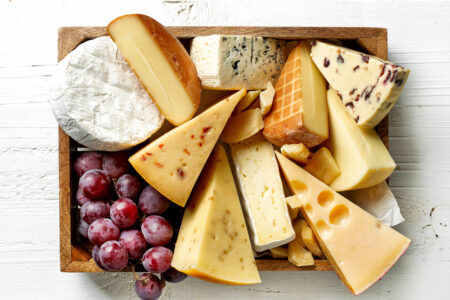Spotting the trends

I have been a long-standing home delivery milk customer for years, having decided early on in my son’s life that lugging giant cartons of milk home, while good for my biceps and upper body strength, was not good for my back.
So, the news that milk deliveries are up in the UK, with Müller reporting that its Milk & More delivery service has added 175,000 new customers in the last year and 90 per cent of them using the glass bottles, is perhaps a sign that I am ahead of the curve. Or maybe not. There’s been a pandemic on, and home deliveries are a thing now. Plus, I have always been a bit lazy about buying milk at the store, when I can get it delivered. They also do bread and eggs and other goodies.
But it was prescient of Patrick Müller, then the COO of the company that bought out the Dairy Crest liquid operations in December 2015 and then did not shut down the glass bottling site in west London. For that, a bit of crystal ball gazing was involved. And for both the younger set and those who have always fancied a pint of the white stuff, the iconic glass packaging remains a key to their enjoyment of dairy and to signalling their environmental credentials.
It has been like that for some time. It’s interesting that less than a decade ago a major company thought glass bottling was the past, when in fact as things turn out, glass bottling is back to the future, as it were. The environmental pros and cons differ – glass costs more to transport and can be broken, but can be recycled. Plastic can be recycled too, and is lighter. But in a way, you can’t beat the aesthetics of a glass pint bottle.
For us, the amount of liquid milk consumed means that pint bottles are not going to be sufficient, even now. However, we either recycle our plastic bottles, or turn them into plant pots, depending on the season. They make very transportable carriers for seedlings. Happy milk drinking, folks!
- Suzanne Christiansen, editor, Dairy Industries International.
Keep in touch via email: [email protected]
Twitter: @dairyindustries or LinkedIn: Dairy Industries International magazine.



